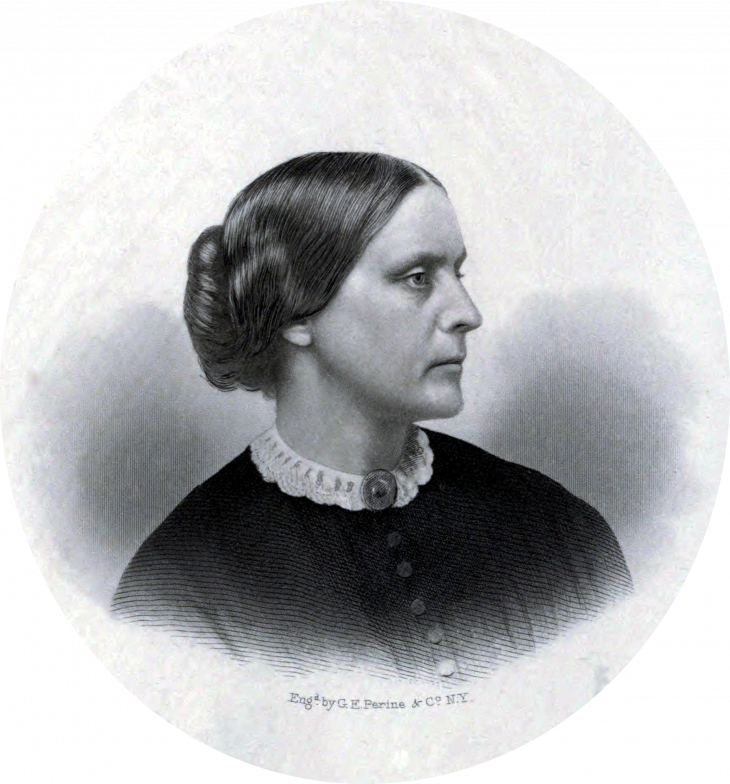
Susan B. Anthony hailed as one of the most prominent feminists in America. You’re probably familiar with the various groups and movements she founded. They all centered on anti-slavery and women’s suffrage movements. Susan B. Anthony passionately fought for women’s right to vote. She devoted most of her life to fighting for women’s rights and equal labor rights too. She deserves to be dubbed as one of the most badass women you won’t want to mess with. However, she dedicated her life to more than one cause. Learn more about the American heroine’s inspiring story with the facts we compiled.
- Susan B. Anthony was born in Adams, Massachusetts on February 15, 1820.
- She was the second-oldest among seven children.
- Susan B. Anthony put her studies on hold during the Panic of 1837.
- She became the Headmistress of Canajoharie Academy’s Female Department in 1846.
- Upon leaving Canajoharie Academy in 1849, Anthony became a passionate reform speaker.
- Susan was named after her maternal grandmother, Susanah, and her paternal aunt, Susan.
- She grew up in Battenville, New York.
- Her parents were Daniel Anthony and Lucy Read.
- Susan B. Anthony added “B.” after her namesake aunt married a man with the surname Brownell.
- Her mother, Lucy Read, practiced Methodism.
- Her father, Daniel Anthony, was an abolitionist and a temperance advocate.
- Unlike most American families at that time, Susan B. Anthony and her siblings were raised to be independent.
- Most members of her family shared her passion for social reform.
- The Anthony family regularly attended meetings at the First Unitarian Church of Rochester.
- To help with her family’s financial needs, Anthony left home to become a teacher in New York.
- In 1979, Susan B. Anthony was the first American woman to be engraved on a U.S. coin.
- She wore the controversial Bloomer Dress for a whole year.
- In 1851, Anthony met Elizabeth Cady Stanton who eventually became her lifelong friend and co-leader of the National American Woman Suffrage Association.
- Despite being a prominent women’s rights activist, Anthony attended her first National Women’s Rights Convention in 1852.
- She started collecting anti-slavery petitions when she was only 16-years-old.
Susan B. Anthony paid a $100 fine during the 1872 U.S. Presidential Election.
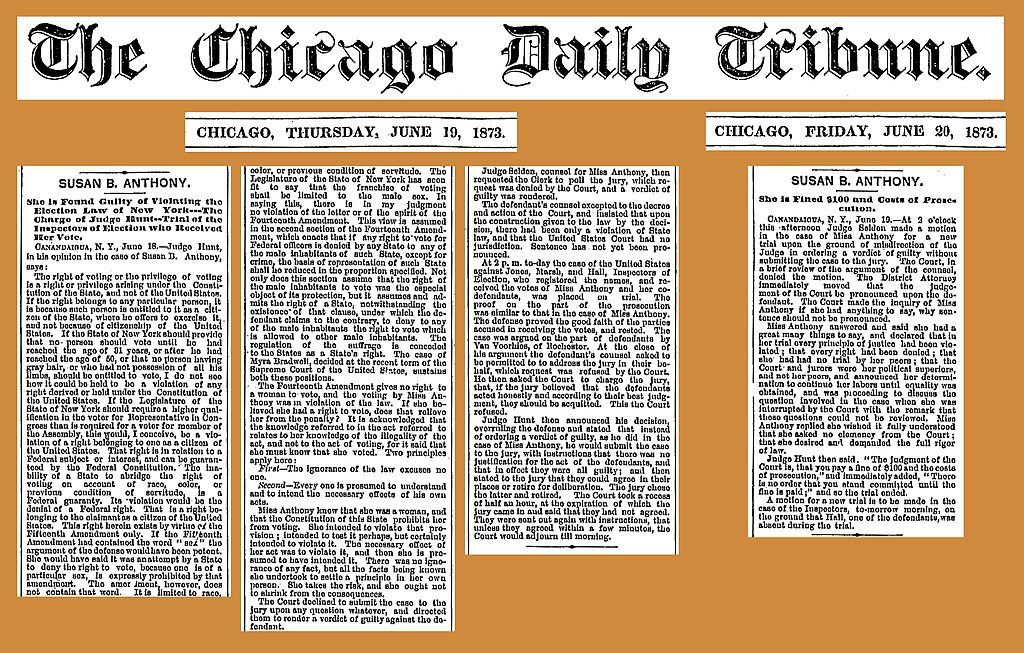
During the 1872 Presidential Elections, Susan B. Anthony illegally voted. Police detained the activist after she submitted her ballot at Rochester, New York. Spectators flocked her two-day trial when her case amassed so much fame. For her defense, she pleaded the Fourteenth Amendment. When the proceedings ended, she still refused to pay the $100 fine.
She helped slaves escape in The Underground Railroad.
The Anthony family openly supported slaves seeking refuge in Canada. They even discussed the anti-slavery movement whenever they hosted dinners at home. In Isa Husted Harper’s “The Life and Work of Susan B. Anthony,” the American heroine recorded the time that she and Harriet Tubman helped a slave escape to Canada.
Her father inspired her to fight for equal pay.
Susan B. Anthony’s father, Daniel, supported Rochester’s Women’s Rights Convention. Her father’s eager spirit pushed her to be more passionate in fighting for equal pay. Being paid less than men with similar jobs distressed her. She devoted much of her time to this cause before moving on to women’s suffrage.
Her brothers supported an anti-slavery movement in Kansas.
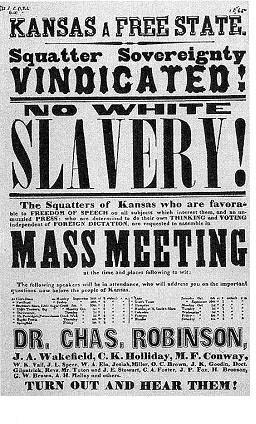
Daniel Read and Jacob Meritt Anthony moved to Kansas to aid the Anti-Slavery Movement. Jacob Merritt fought side-by-side with abolitionist leader John Brown. He involved himself in the violent confrontations of Bleeding Kansas. Meanwhile, Daniel Read bought the publication of “Leavenworth Times.” He published controversial papers that sparked outrage. He also became mayor of Leavenworth, Kansas.
She did not attend the Seneca Falls Convention.

Elizabeth Cady Stanton opened the first Women’s Rights Convention. She made her goal clear to all the attendees. The whole gathering launched the biggest women’s suffrage movement. Susan B. Anthony did not attend the Seneca Falls Convention due to her work at Canajoharie Academy. She soon attended her first women’s rights convention in Syracuse, New York. The two activists eventually met in 1851 through their common friend, Amelia Bloomer.
She championed for women's rights to own property.
Susan B. Anthony supported various women’s labor organizations. Together, they fought for women’s right to own property. Back then, married women cannot earn from properties they shared with their spouses. In 1854, Anthony organized petitions demanding the improvement of the Married Women’s Property Act in New York. To accomplish this, Anthony traveled to all New York counties during winter. She did not let the cold weather stop her from gathering signatures.
She worked as a principal New York agent in the American Anti-Slavery Society.
Abraham Lincoln ending slavery opened so many doors for the anti-slavery movement. Abolitionists William Lloyd Garrison and Arthur Tappan took the chance to open the American Anti-Slavery Society. One of its notable leaders was Frederick Douglass. He soon became Susan B. Anthony’s long-time friend. Abolition inspired Anthony to become a passionate activist. Undoubtedly, Anthony accepted the offer of becoming a Principal New York Agent for the American Anti-Slavery Society.
Some historians speculated that Susan B. Anthony was a lesbian.
In one of Susan B. Anthony’s published letters, she wrote, “I shall go to Chicago and visit my new lover — dear Mrs. [Emily] Gross — en route to Kansas. So with new hope and new life…” This statement led historians like Lillian Faderman to believe that the activist engaged in same-sex relationships.
Susan B. Anthony helped found the Women's Loyal National League during the Civil War.
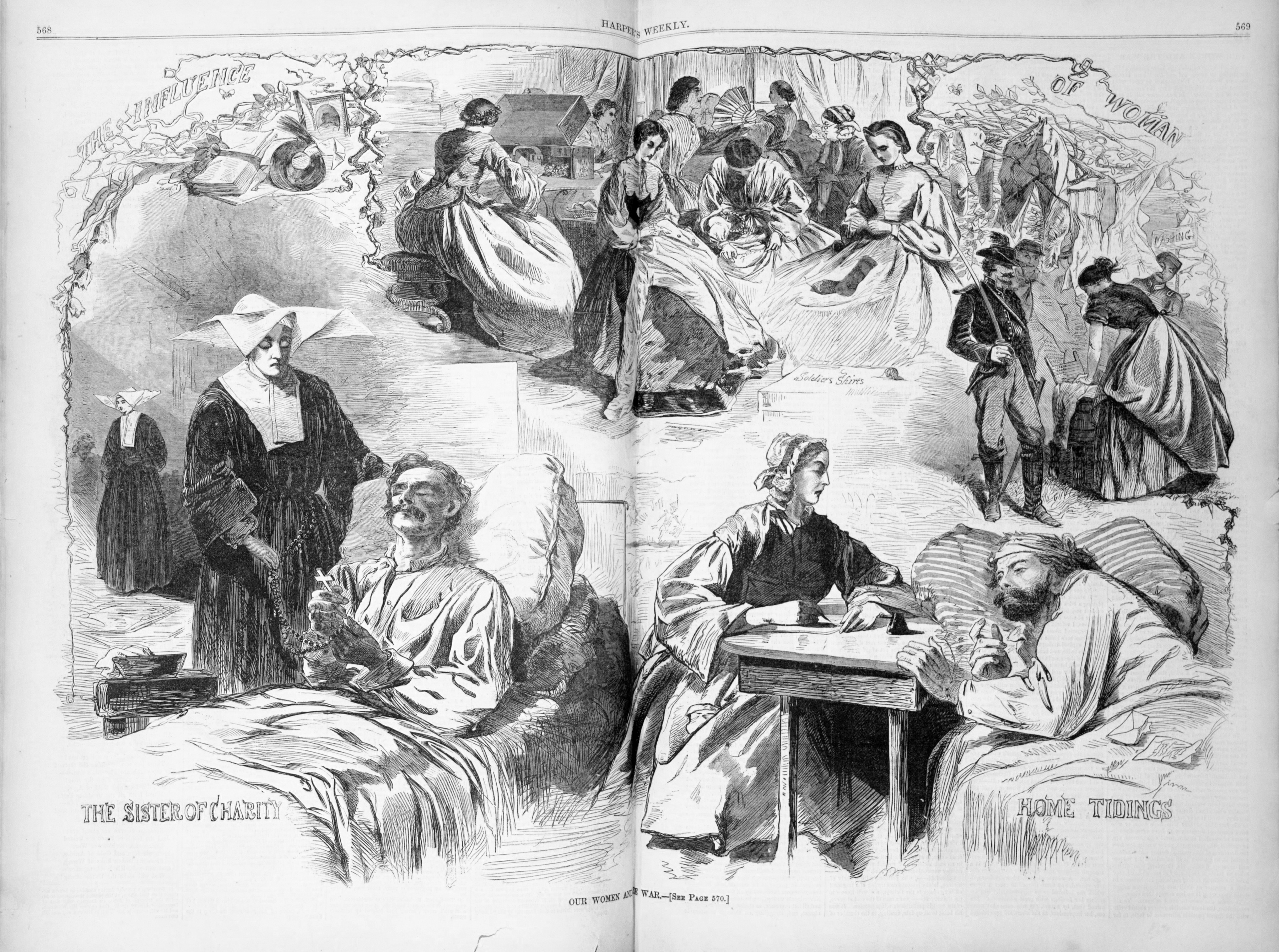
At the height of the Civil War, Susan B. Anthony and Elizabeth Cady Stanton assisted in forming the Women’s Loyal National League. They aimed to campaign for an amendment that would completely abolish slavery. They came up with the Mammoth Petition to convince Congress to free all slaves. The members amassed over 400,00 signatures.
Susan B. Anthony and Frederick Douglass had a dispute over the Suffrage Movement.
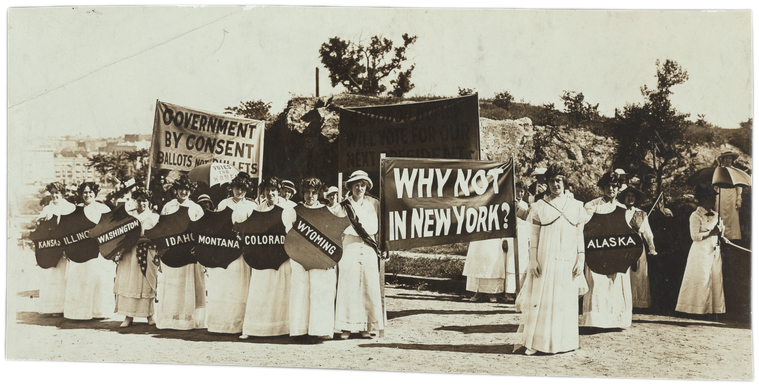
Susan B. Anthony and Frederick Douglass argued over conflicts between the causes they fought for. Douglass believed that the rights of the African-American community were more important at that time. Meanwhile, Anthony stressed for an instant and wider equal change. Nevertheless, the two activists stayed friends.
Susan B. Anthony teamed up with Elizabeth Cady Stanton to publish "The Revolution".

Susan B. Anthony and Elizabeth Cady Stanton built “The Revolution” in 1868. The two women stayed true to the meaning of revolution in their papers. All of the papers published were focused on their fight for women’s rights. They also enlisted the help of Parker Pillsbury to co-edit their work.
She made controversial remarks during The 1853 New York State Teacher's Association.
Susan B. Anthony strived to speak in the 1853 New York State Teacher’s Association. When finally allowed, she voiced out controversial statements. She demanded the admission of females and black people to public schools and colleges.
She had a rivalry with Lucy Stone.

Susan B. Anthony and Lucy Stone fought for similar causes. However, the two women divided their stance when the Fifteenth Amendment was proposed. Anthony never wavered her fight for suffrage for both women and black people. Lucy Stone, on the other hand, believed that suffrage for women had more advantages than suffrage for black people.
Susan B. Anthony closed the National Woman Suffrage Association to a new association.
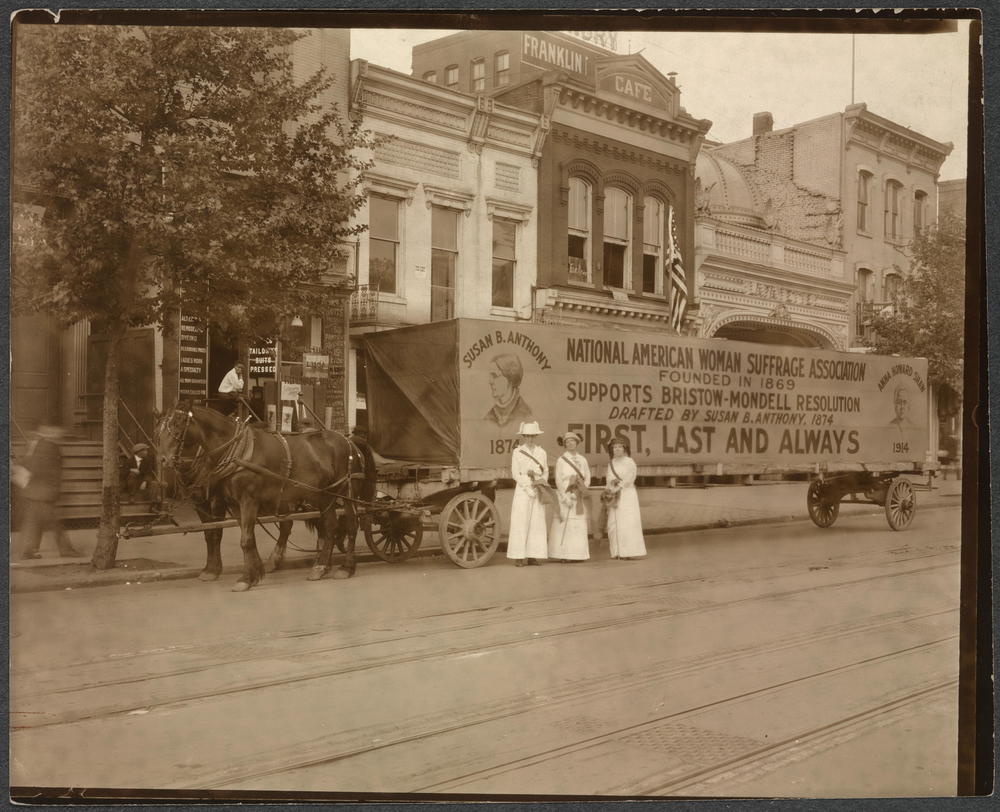
Susan B. Anthony and Lucy Stone eventually made amends after more than two decades. The gesture relieved their constituents. The two activists then merged their groups to form the National American Woman Suffrage Association. They then fought for the passing of various suffrage amendments to Congress.
She barged into The 1876 Centennial Exhibition to present the Woman's Declaration of Rights.

The 1876 Centennial Exhibition hailed as the first World’s Fair held in the U.S. The event offered the perfect opportunity for causes to speak out. Susan B. Anthony stormed the platform at the Independence Hall in Philadelphia. She used the moment to present the Declaration of Rights for Women in the audience of then-Acting Vice President Thomas W. Ferry.
She participated in the release of "History of Woman Suffrage".

Susan B. Anthony and Elizabeth Cady Stanton worked together in documenting women’s suffrage in “History of Woman Suffrage.” The two women worked together with Matilda Joslyn Gage. The production of the first volumes took up most of their time in the next decade. All six volumes sparked various debates. Anthony was involved in the publication of four volumes.
Susan B. Anthony prompted the University of Rochester to admit women.
Susan B. Anthony left a lasting impact on the University of Rochester’s history. Anthony raised funds to persuade the university to include women in their admissions. She even used money from her insurance savings to accomplish this. The school soon named a center after the late American heroine.
President McKinley prepared a celebration for Susan B. Anthony.
Former U.S. President William McKinley invited Susan B. Anthony to the Executive Mansion (now known as The White House) in 1884. There, he prepared a special banquet for the American heroine to commemorate her birthday. Unbeknownst to many people, Anthony signed a large picture of herself while celebrating her 80th birthday. The rare artifact was sold at the Raab Collection.
Susan B. Anthony stayed a true feminist until her death.
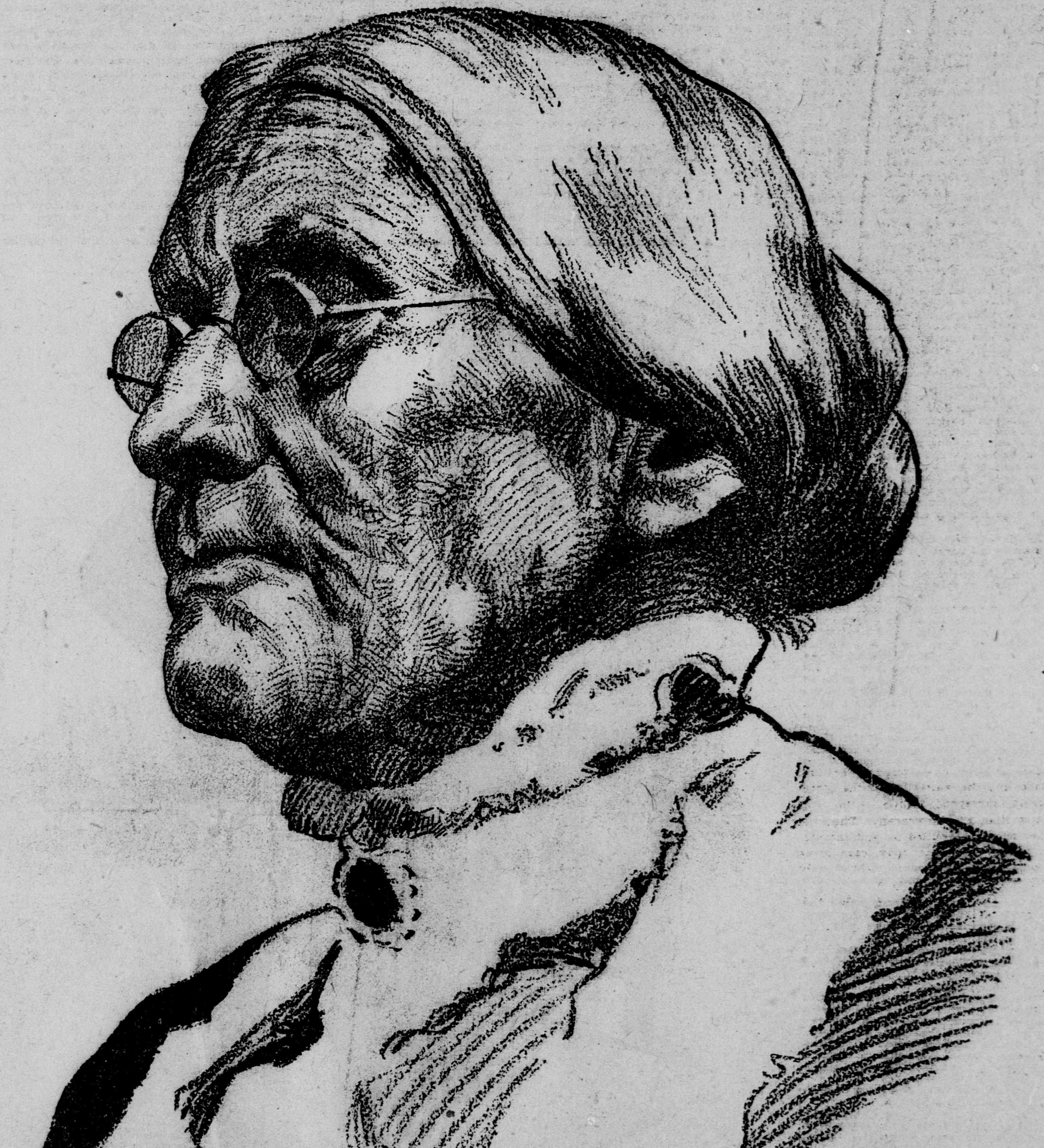
Susan B. Anthony retired as the President of the National American Woman Suffrage Association in 1900. However, she continued to fight for the various causes she believed in. She traveled around the U.S. and different European countries to give speeches. She also continued to gather signatures for women’s rights petitions. Anthony passed away peacefully at her home on March 13, 1906.
Susan B. Anthony paved the way for the 19th Amendment.
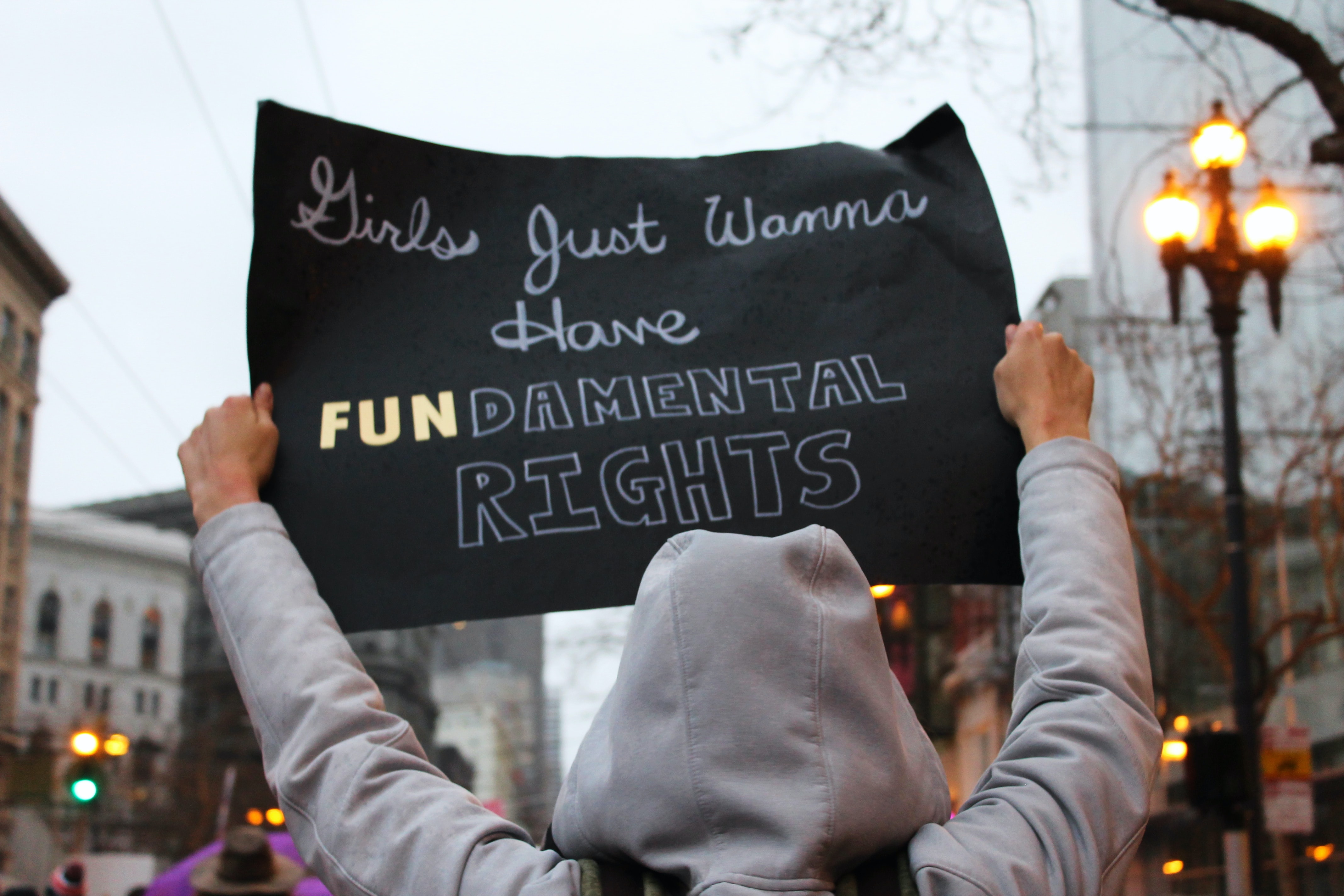
Susan B. Anthony died before the ratification of The 19th Amendment on August 18, 1920. She played one of the biggest roles in paving the way for its passing to Congress. Her life’s work finally pulled off despite her passing.
Was this page helpful?
Our commitment to delivering trustworthy and engaging content is at the heart of what we do. Each fact on our site is contributed by real users like you, bringing a wealth of diverse insights and information. To ensure the highest standards of accuracy and reliability, our dedicated editors meticulously review each submission. This process guarantees that the facts we share are not only fascinating but also credible. Trust in our commitment to quality and authenticity as you explore and learn with us.
